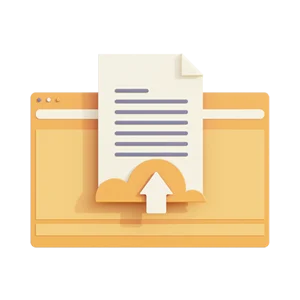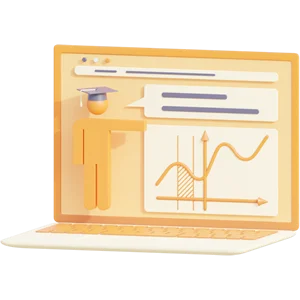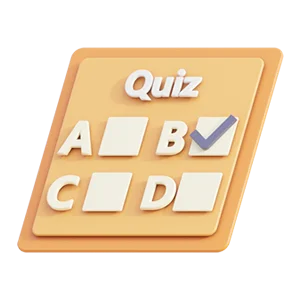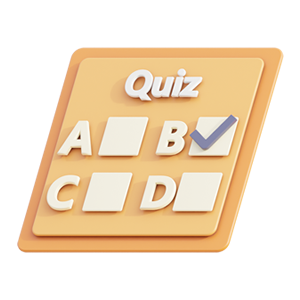WEEK_7 iHuman Case Study Evita Alonso - 48-year-old Hispanic female CC: Abdominal pain (ANSWERS) 2023 UPDATE WALDEN UNIVERSITY
WEEK_7 iHuman Case Study Evita Alonso - 48-year-old Hispanic female CC: Abdominal pain (ANSWERS) 2023 UPDATE WALDEN UNIVERSITY
WEEK_7 iHuman Case Study Evita Alonso - 48-year-old Hispanic female CC: Abdominal pain (ANSWERS) 2023 UPDATE WALDEN UNIVERSITY
HPI: You will type this in the EMR section of the case (NOT the problem statement)
CC: Abdominal pain
Evita Alonso is a 48-year-old Hispanic American female. She has had abdominal discomfort for two months off and on that has increased over the last two days and now is constant. She explained the pain is located in the right side of her upper abdomen, under her ribs with radiation to right shoulder. She describes the character of the pain as crampy, gnawing, and achiness that increases when she eats a meal and the pain in her shoulder as an ache. She rates her pain at 2-3, elevates to 6-7. She has also been experiencing nausea and vomiting for the last two days along with fever and chills for two days, she has not been able to keep any nutrients down. Over the last 2 moths she has noted some bloating, decreased appetite, and increase in symptoms when she eats fast food. She has tried using antacids to treat this discomfort with no symptom relief.
Plan: Type the information regarding each of the following sections into the i-Human Plan section of your case. You must address each of the 6 topics. For example, if you will not be consulting anyone then you must write “no consults indicated”. Each section of the plan is worth 5 points to total 30 points.
Diagnosis: choledocholithiasis
Symptoms
Pain in the right upper or middle upper abdomen for at least 30 minutes. The pain may be constant and intense. It can be mild or severe. Fever, yellowing of skin and whites of the eyes (jaundice), loss of appetite, nausea, vomiting, and clay-colored stools.
Essentials of DX: History of biliary pain, maybe accompanied by jaundice. Patients sometimes present with painless jaundice. Cholangitis should be suspected with fever, followed by hypothermia, and gram-negative shock, jaundice, and leukocytosis. Stones in the bile duct are best detected by EUS or ERCP
Choledocholithiasis refers to the presence of one or more gallstones in the common bile duct. with the potential development of cholangitis and ascending infections. Acute common bile duct obstruction produces an acute increase in the lever of liver enzymes ALP, AST and ALT followed by increased serum bilirubin level. Evita Alonso had an elevation in ALP,AST, and ALT indicating acute obstruction along with assessment findings that corelate with choledocholithiasis diagnosis. Mild scleral icterus was noted during visual inspection if the eyes, this is also known as jaundice indicating accumulation if bile pigment (bilirubin) in the body.
Diagnostic test of choice is a transabdominal ultrasound, can be performed to look for dilation of the common bile duct, along with the presence of shadowing if the gallstone can be seen.
The ultrasound results indicated cholelithiasis, probable choledocholithiasis with intrahepatic biliary tree dilation.
Additional labs or diagnostic tests:
CBC- abnormal CBC with differential. Borderline leukocytosis with neutrophilia and mild left shift.
CBC is indicated to rule out infection, know severity of infection, assist in treatment, and assist with decision to use antibiotic treatment if necessary. Bile duct obstructions left untreated can lead to life threatening infections
Chem- elevated BUN/creatinine ratio, abnormal liver enzymes: obstructive pattern. Chemistry labs are ordered to examine liver function, kidney function and systems involved in diagnosis.
Consults: Direct admit or emergency room would be indicated for the choledocholithiasis due to the severity of the potential outcome and infections related to this diagnosis. Gastroenterology and surgical consult upon arrival to further the treatment plan and decide on further imaging studies, surgery and needed treatments.
Therapeutic modalities:
Medication is focused on pain, nausea, and infection control. There is no medication that will eliminate or treat this diagnosis alone.
A one-time dose of 50 mg to 100 mg rectal indomethacin can be used to prevent post-procedure pancreatitis if the pancreatic duct was manipulated during an ERCP. Antibiotics are typically not needed for choledocholithiasis unless the patient also has associated cholecystitis or cholangitis.
Treatment options for biliary obstruction include cholecystectomy and ERCP. ERCP may remove the small stones in the bile duct or a placing a stent in the duct to restore flow may be necessary depending on the severity.
Health Promotion: The patient is at risk of gallstones, as they are twice as common in first- degree relatives, and she has direct relatives with similar gallbladder disfunction. Gallstones are also more common in people over the age of 40 and more likely in females, the patient is a 48- year-old female. Obesity also presents as a significant risk factor in the development of cholesterol gallstones. Rapid weight loss associated with low and very low-calorie diets increase rise of gallstones forming, likely from increases concentration of bile constituents.
Preventative health requires avoiding excess weight and being mindful and healthy in approaching proper weight control. Reducing excess gains or losses, weight cycling increases the likelihood of cholelithiasis. Altering diet to remove sugars and refined starches and replace with high in fiber foods, gallstone formation is higher in diets that provide carbohydrates in a refined and not an unrefined form. Females who consume mostly vegetable protein have been shown to have a 20-30% decrease in risk.
Disposition/follow-up instructions: post-surgical instructions for cholecystectomy
Start with a low-fat diet, ensure foods you are choosing are low in fat and oils. If you are going to eat a meal high in fat limit the portion and frequency, examples are meats, dairy products, animal fats, and vegetable oils.
Fatigue and malaise
Preview document (3 of 7 pages)
Knoowy benefits
$ 35,62
 Money back guarantee
Money back guarantee
 Documents can be downloaded immediately
Documents can be downloaded immediately
 $0.50 discount when paying with balance
$0.50 discount when paying with balance
-
 Receive free quiz questions with document
Receive free quiz questions with document

Specifications
- School: Chamberlain College Of Nursing
- Course: NURSING
Document
- Section: Examinations
- Updated on: 04-18-2024
- Made on: 08-22-2023
- Type: .pdf
- Pages: 7
- Language: English
Tags
Seller
Earn from your summaries?
Subjects of NURSING - Chamberlain College Of Nursing
More NURSING ›ati ati comprehensive predictor ati fundamentals proctored ati nutrition ati pharmacology ati rn comprehensive predictor comprehensive fundamentals health care health care / nursing health care/ nursing hesi hesi rn exit maternal newborn med surg medical nursing medical surgical mental health nurs nursing nursing & health pediatrics pharmacology test bank tncc
 Deal: get 10% off when you purchase 3 or more items!
Deal: get 10% off when you purchase 3 or more items!
Deal: get 10% off when you purchase 3 or more items!









